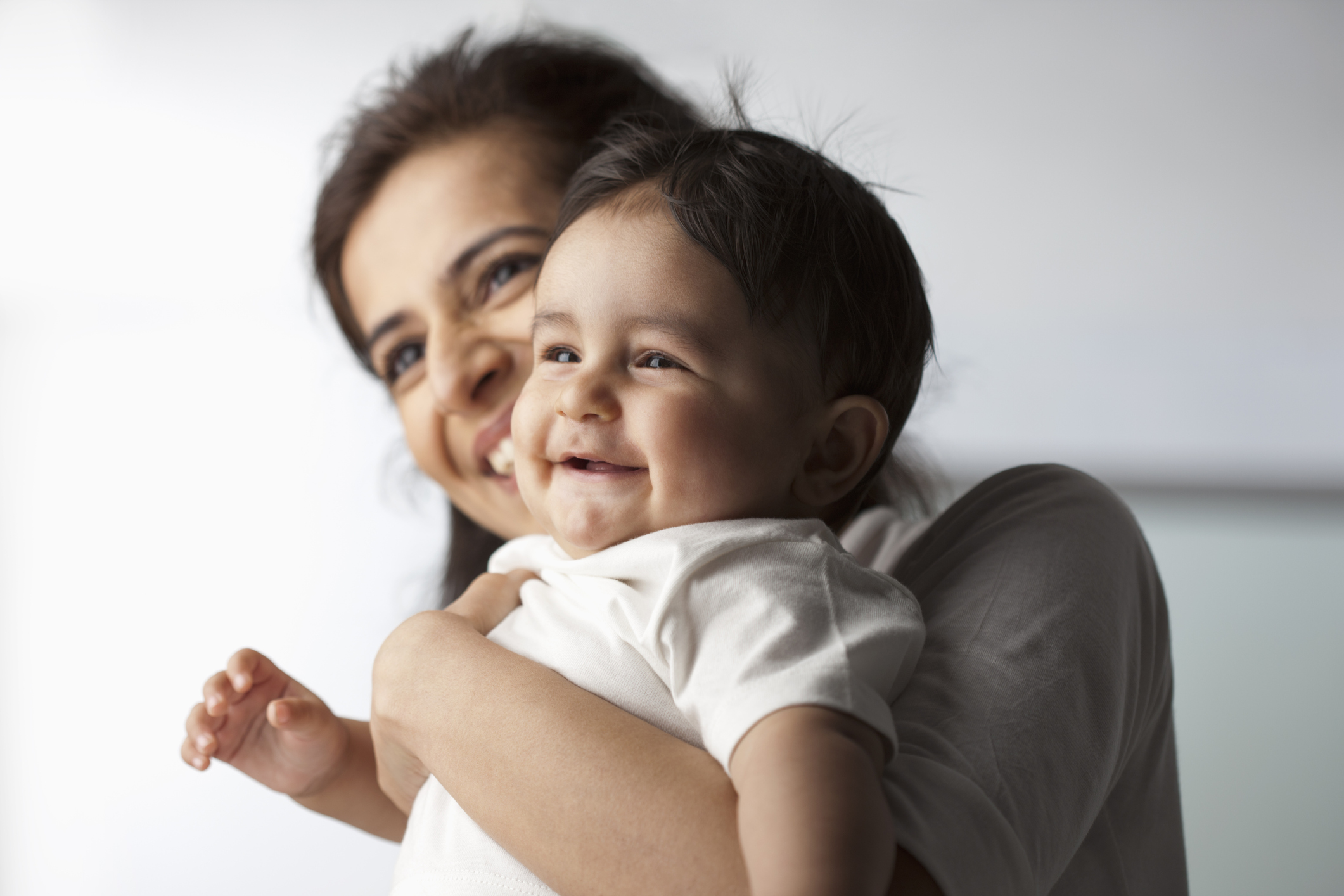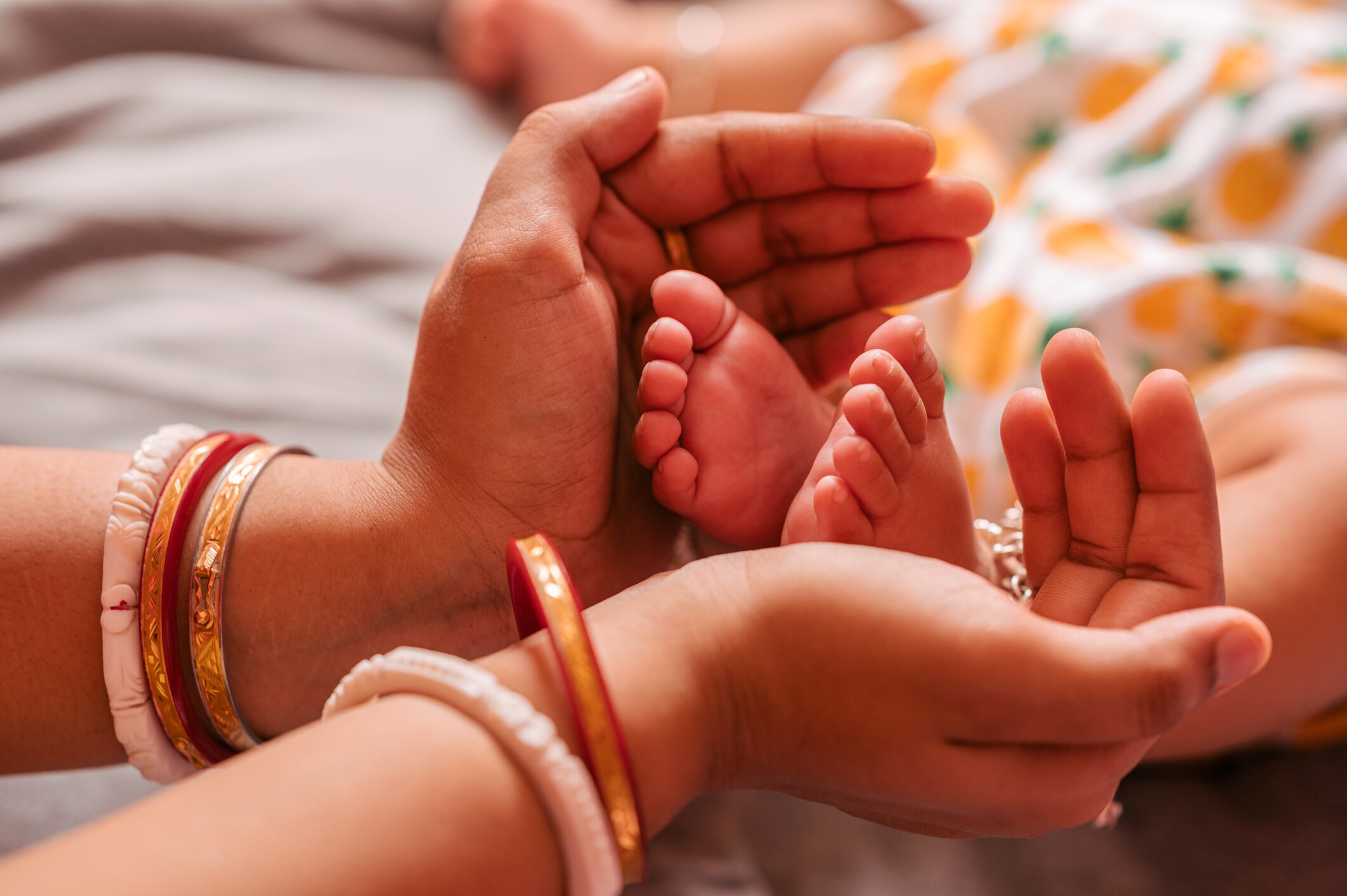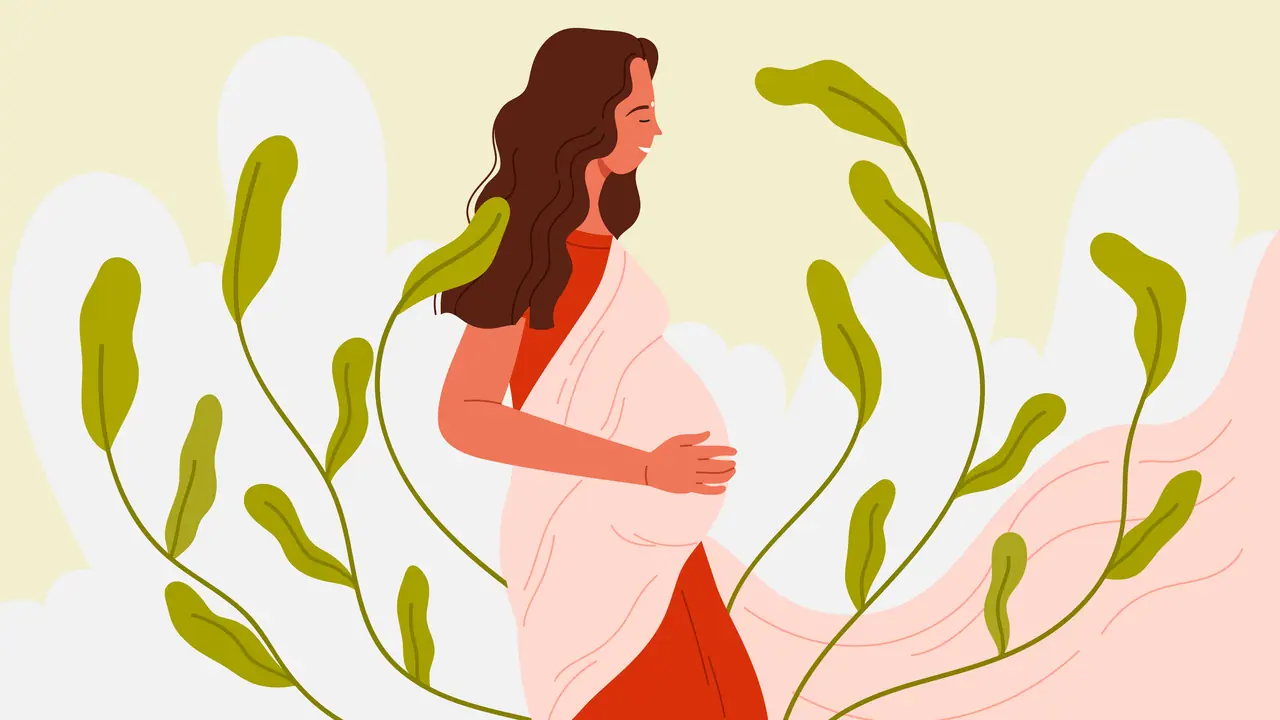Apart from financial issues, job insecurity (21%), housing constraints (22%), and lack of reliable childcare (18%) are making parenthood feel increasingly out of reach, the UN report noted.
Financial limitations are the biggest barrier to reproductive freedom in India, with 38% of respondents saying it’s stopping them from having the families they want, according to the United Nations Population Fund’s (UNFPA) 2025 State of World Population (SOWP) Report released on Tuesday. Titled “The Real Fertility Crisis”, the online survey covered 14 countries and polled 14,000 people, including 1,048 adults in India.

Employment, Housing, and Childcare Add to the Burden
Apart from financial issues, job insecurity (21%), housing constraints (22%), and lack of reliable childcare (18%) are making parenthood feel increasingly out of reach, the report noted.
Health-related challenges also pose a significant hurdle. Poor general wellbeing (15%), infertility (13%), and limited access to pregnancy-related care (14%) further strain individuals and families trying to start or expand families.
Fear of Future and Family Pressures Impact Decisions
The UNFPA pointed to rising concerns about the future—climate change, political instability, and social uncertainty—as additional factors contributing to people's hesitation to have children. Moreover, 19% of Indian respondents said they faced pressure from partners or family members to have fewer children than they personally desired.
The report underlined that millions of individuals are not able to realise their true fertility goals, declaring: “This is the real crisis, not underpopulation or overpopulation. And, the answer lies in greater reproductive agency – a person’s ability to make free and informed 150 per cent choices about sex, contraception and starting a family.”

Regional Inequalities Persist
Significant disparities continue to exist between different Indian states.
“States such as Bihar, Jharkhand, and Uttar Pradesh continue to experience high fertility rates, while others, like Delhi, Kerala, and Tamil Nadu, have sustained below-replacement fertility,” the report noted.
These gaps are attributed to variations in economic opportunities, access to healthcare, education, and prevailing gender and social norms.
Progress Made, But Inequality Remains
Highlighting India's achievements in reproductive healthcare, Andrea M. Wojnar, UNFPA India Representative, said, “India has made significant progress in lowering fertility rates – from nearly five children per woman in 1970 to about two today – thanks to improved education and access to reproductive healthcare.”
She added, “This has led to major reductions in maternal mortality, meaning million more mothers are alive today, raising children and building communities. Yet, deep inequalities persist across states, castes, and income groups. The real demographic dividend comes when everyone has the freedom and means to make informed reproductive choices. India has a unique opportunity to show how reproductive rights and economic prosperity can advance together.”

Emerging Social Realities Changing Reproductive Choices
Beyond economic and health challenges, evolving social dynamics are reshaping how people approach parenthood. The report identified a “complex web” of modern pressures:
- Loneliness and shifting relationship patterns
- Difficulty in finding supportive partners
- Stigma around reproductive decisions
- Deep-rooted gender norms
It also pointed out the rising societal expectations of “intensive parenting,” which place disproportionate pressure on women, reinforcing unequal caregiving burdens and influencing decisions about whether, when, and how many children to have.
The report concluded that the real demographic issue is not about the size of the population, but about the inability of individuals to exercise their reproductive rights freely and responsibly. Supporting this right is key to sustainable development and social progress.


